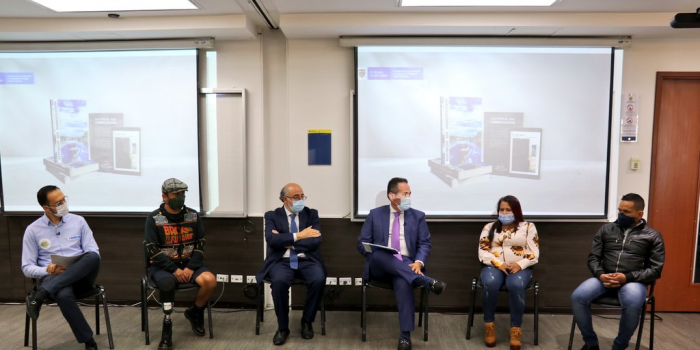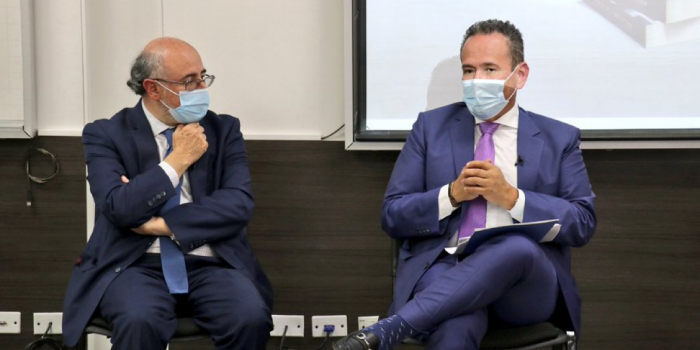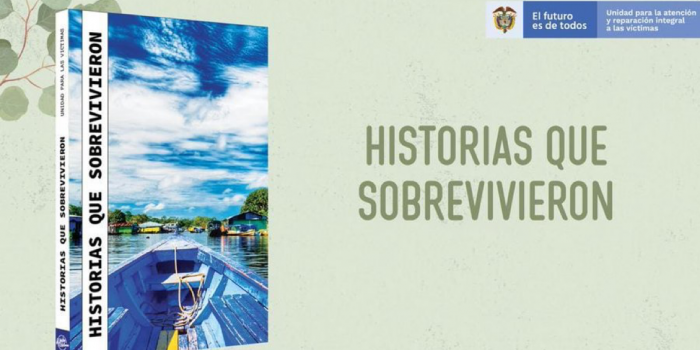
"Stories that survived", life experiences of Colombians who lived the conflict firsthand
The Unit for the Victims presented a book that compiles 31 chronicles that collect the pain, uprooting, and the peasants, ethnic groups and populations’ plundering throughout the national territory by the actions of the guerrillas and the self-defense groups.



As a way of making people who have suffered human rights violations even more visible, the Unit for Victims launches the book "Stories that survived", an anthology of the best chronicles written by the Communications Office that portray the Colombian internal conflict victims’ life stories.
There are 31 chronicles, selected from a total that exceeds more than 150 stories written since the entity in charge of attending and repairing the conflict victims was created.
The book launch event was attended by the Director Ramon Rodriguez, the Subdirector Lorena Mesa, the Reparation’s Director Enrique Ardila, the Interinstitutional Management’s Director Aura Acevedo and the Registry’s Director Emilio Hernandez; all of them officials of the Unit for the Victims. The space was also attended by the Memory Center’s Director, Ruben Acevedo and 3 victims who are protagonists of this literary work: Raul, Emilia and Ferley, who, amidst emotions, shared what they experienced firsthand.
The Unit for the Victims’ Director stressed: "This is our job, supporting the victims, listening to the stories, and that is why we gathered these experiences in a book that will contribute to collective memory."
During the book presentation, the Sergio Arboleda’s University Educational Sciences Faculty Dean, Juan Lozano, said: "The task of the Unit for the Victims stimulates a country with resilience and learning capacity. The text has the ability to make you feel pain and then hope."
The selected stories collect the pain, uprooting, and the peasants, ethnic groups and populations’ plundering throughout the national territory by the actions of the guerrillas and the self-defense groups.
In this sense, the book takes the reader through the threats, combats, sexual violence, kidnappings, forced disappearances, forced displacements, homicides and massacres, among other victimizing events suffered by a handful of people whose voices reflect the violence committed in Colombia’s territory.
The readers will witness several events: a combat between the Army and the Farc through the gaze of a war nurse; the bombs dropped in the Bojaya massacre thanks to father Antun Ramos testimony, who preached in the destroyed church; the genocide night of those attending a festival in Apartado’s La Chinita neighborhood; and the forced recruitment of a girl and a boy aged nine and twelve by the guerrillas and the self-defense groups, respectively, among other memories.
With the book “Stories that survived”, it is possible to witness a biography of the recent violence experienced in Colombia. In addition, through this work, the Unit for the Victims invites society to look into this sort of window, so people may understand a little more the reality suffered by more than nine million people in the last 40 years.
(End/EEG-DFM/RAM)






